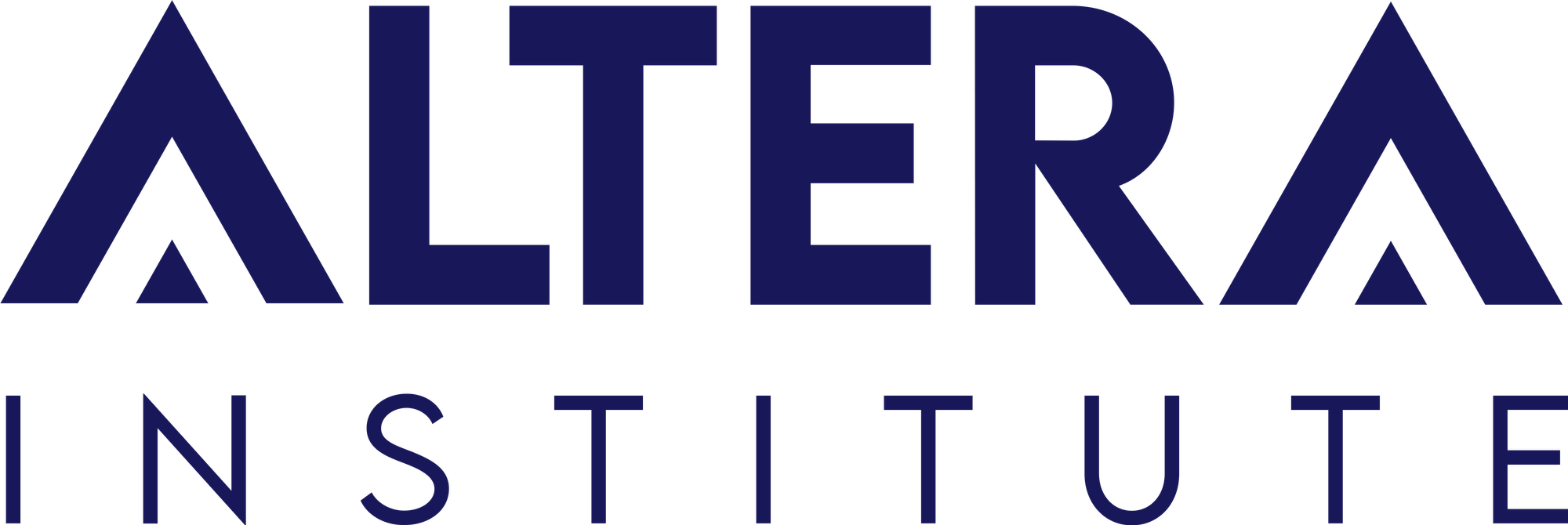How to Apply for an MBA?

Every year, thousands of ambitious professionals reach a point in their careers where routine promotions no longer deliver the career advancement they crave. This is why, in the fiercely competitive business environment of India, a carefully chosen MBA can become the catalyst that propels you from functional expertise into strategic leadership.
However, securing a seat at one of the nation’s top business schools demands far more than a solid resume and respectable test scores. It requires a disciplined, insight‑driven approach that aligns your personal narrative, career aspirations, and the specific strengths of each program and institute.
This article presents a clear, actionable roadmap for every step of the MBA application journey in India, helping you craft a standout profile and maximize your admission prospects.
MBA Application Checklist
Think of this checklist as your personalized roadmap for a standout application. It enables you to handle tasks productively, monitor advancements, and guarantee that no vital details are missed. Go through each segment, establish achievable timelines, and check off tasks as you finish them.
1) Earn a Bachelor’s Degree
Your undergraduate qualification is the foundation of your MBA profile.

- Accredited institution: Confirm that your degree is awarded by an esteemed and officially recognized university or college.
- Minimum Academic Threshold: Meet the program’s required aggregate percentage or CGPA (often 50% or above for the general category).
- Transcripts and Verifications: Request official transcripts well in advance and arrange for certified translations or third‑party credential evaluations if your degree is from abroad.
- Academic supplements: If your grades do not meet the aggregate percentage, consider additional coursework or professional certificates in areas such as business analytics, finance, or marketing to demonstrate ongoing commitment to learning.
2) Pick the Right MBA Degree
Selecting the right format and specialization ensures your MBA aligns with your career aspirations.
Choose an MBA Specialization
- Reflect on your goals: Match your area of expertise, such as finance, marketing, human resource management, operations, or business analytics, to your short‑term and long‑term objectives.
- Market Demand: Research industry trends to identify high‑growth areas like digital marketing, supply chain management, or fintech.
- Curriculum Depth: Compare course offerings and capstone projects to ensure you gain the skills most relevant to your chosen field.
Choose the Right B-School
- Rankings and Reputation: Consult national (NIRF) and international (QS, Financial Times) rankings to measure the academic excellence of each institute.
- Placement Performance: Review average salary increases YoY, top recruiters, and sectoral diversity in placement reports.
- Culture and Class Profile: Attend webinars, connect with alumni, and read student testimonials to assess campus life and peer backgrounds.
3) Choose the Right MBA Format
Selecting the MBA format that aligns with your career stage, time availability, and learning preferences is critical. Here’s a summary of the most popular formats along with two specialized MBA alternatives tailored for modern industries.
- Full‑Time MBA: This is a full-time, 2-year, on-campus MBA program, which is the most common format available in India. It suits fresh graduates or professionals in the early stages of their careers looking for an intensive, on-campus program featuring summer internships and structured recruitment processes.
- Part‑Time MBA: As the name suggests, part-time MBA programs have a slightly higher duration of about two to four years. It is ideal for working professionals who wish to continue full‑time employment while completing the same core and elective curriculum through evening or weekend classes.
- Online MBA: This is a one- to two-year MBA format that is ideal for mid-career or remote learners needing maximum scheduling flexibility via live virtual lectures and on-demand modules.
- Executive MBA: Such programs last anywhere between twelve and eighteen months and are ideal for seasoned managers with five to ten years of experience who require intensive weekend or block‑module delivery to balance work and study.
- Integrated MBA: Since it combines a three‑year bachelor’s degree with a two‑year MBA into a unified curriculum, it requires 5 years in total to complete this program. This format is ideal for students seeking a seamless transition from higher secondary education to a master’s credential without a separate application process.
- Post Graduate Diploma in Management (PGDM): This alternative MBA format mirrors the rigor of a full-time program and provides a frequently updated curriculum to focus on emerging skills and technologies like digital marketing, artificial intelligence, and more. It is for candidates seeking an AICTE‑approved, industry‑updated program with live projects and a fast‑updating curriculum.
- Postgraduate Program in Management (PGP): This format delivers highly specialized, domain‑specific pedagogy from day one. PGPs are often a one‑year track that provides rapid upskilling, while two‑year options are also available and include deeper project work and industry mentorship. It is ideal for professionals seeking domain‑specific, in‑depth training and mentorship without a full university degree.
Each format and alternative carries unique advantages. Base your choice on how quickly you wish to graduate, whether you must continue working, and which delivery mode best complements your personal and professional commitments.
4) Consider the Percentile Needed
Understanding cut‑off percentiles guides your test‑preparation and school selection.
- Research Past Cut‑Offs: Check the previous year’s percentile thresholds published by each program for CAT, XAT, or CMAT.
- Sectional Requirements: For exams like CAT that report quant, verbal, and data interpretation separately, achieve minimum section‑wise percentiles.
- Backup Options: If your expected score falls short, identify schools with lower cut‑offs or the ones that accept alternative exams such as GMAT or CMAT for you to reappear.
5) Take Competitive Exams
Entrance test scores remain a critical screening tool.
- Exam Selection: Choose CAT, XAT, CMAT, etc., based on your strengths and target institutions.
- Registration Timeline: Complete your enrollment at least half a year prior to deadlines to book your desired exam slot.
Study plan:
- Dedicate weekly hours to revisiting key concepts, solving practice problems, and simulating full-length exam conditions.
- Analyze performance to prioritize areas where you are lagging.
- Simulate test‑day conditions to build time management skills.
6) Prepare Your Resume
Your resume is the first narrative piece of information that the admission team will see, and hence, it must convey your values and strengths instantly.
- Conciseness: Limit the length of your resume to one or two pages.
- Quantifiable Achievements: Lead with actionable insights and include measurable metrics that define your professional journey so far.
- Leadership Highlights: Emphasize roles where you have driven changes, managed cross‑functional teams, or influenced strategic decisions.
- Additional Credentials: List any relevant certifications, extracurricular credentials, or volunteer leadership roles that you were involved in to demonstrate your intent and willingness to be a part of the program.
7) Prepare for the Admission Interview
Strong interview performance can guarantee your admission to the program and institute of your choice.
Common Formats:
- One‑on‑one interview with the admission member or faculty.
- Alumni‑led virtual interviews.
- Group discussions and case studies.
Preparation Tactics:
- Frame responses using the STAR (Situation, Task, Action, Result) method.
- Stay current on business news and sectoral developments.
- Conduct simulated interviews with advisors or colleagues and request actionable insights for improvement.
8) Check Your Deadlines and Application Fees

- Prepare Your Calendar: Create a consolidated schedule of exam dates, application due dates, fee payment windows, and interview slots.
- Fee Tracking: Note application fees for each school (typically INR 1,000–4,000) and verify accepted payment methods.
- Documentation: Keep proof of fee payments and application submissions in a dedicated folder for easy reference.
By following this structured checklist, you will ensure that each element of your MBA application is thoughtfully prepared and aligned to present a compelling, cohesive profile. Although Mba seems tough but with proper planning its get easier.
FAQs
Q1. Am I eligible for an MBA lacking a business degree?
Ans: Indeed, most programs in India and abroad accept applicants from a wide range of academic disciplines. Your bachelor’s degree simply demonstrates academic rigor, as the admissions committees look for transferable skills, work experience, and leadership potential rather than a prior business major.
Q2. Do all MBAs require CAT and XAT?
Ans: No. While CAT and XAT are common entrance tests for IIMs and many top Indian B-schools, a growing number of programs also accept CMAT, MAT, or GMAT scores. Some executives and online MBAs waive CAT/XAT entirely in favor of GMAT or institutional assessments. Always check each school’s official requirements to confirm which exam(s) you must take.
Summing Up
Navigating India’s MBA application process can seem daunting, but a methodical approach transforms it into a compelling journey of self‑discovery and strategic planning. By defining your personal motivations, researching schools with clear criteria, and selecting the MBA format that suits your lifestyle, you build a foundation for success.
Diligently prepare for entrance exams, craft a powerful resume, hone your interview skills, and manage deadlines to ensure that every element works together to showcase your strengths. Approach each step confidently and present a cohesive, authentic profile that resonates with admissions teams and unlocks the next phase of your leadership career.





